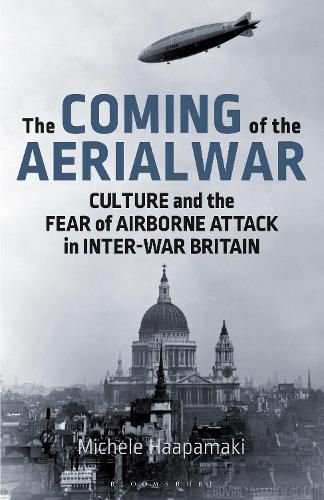The Coming of the Aerial War: Culture and the Fear of Airborne Attack in Inter-War Britain
Michele Haapamaki (McMaster University, Canada)

The Coming of the Aerial War: Culture and the Fear of Airborne Attack in Inter-War Britain
Michele Haapamaki (McMaster University, Canada)
In the first half of the 20th century the possibility of flight opened up entirely new avenues of thought and exploration. In the age of H.G. Wells and Biggles, the opening up of the air to balloons and planes- the Royal Flying Corps was founded in 1912 - appealed to concepts of courage and bravery which would be both encouraged and undermined by the experiences of World War I. The sky also held new terrors for everyday people who were now within reach of an airborne enemy- these fears included the possibilities of bombing, poison gas, surveillance and social contol. This duality of fear and enthusiasm drove the Air Raid Precaution movement, while vocal elements in the press and in parliament called for radical plans to cope with apocalyptic scenarios. Here, Michele Haapamaki charts the history of flight and of war in the air in the early twentieth century, addressing the key issues of interwar historiography such as patriotism, fear, masculinity and propaganda.
This item is not currently in-stock. It can be ordered online and is expected to ship in approx 2 weeks
Our stock data is updated periodically, and availability may change throughout the day for in-demand items. Please call the relevant shop for the most current stock information. Prices are subject to change without notice.
Sign in or become a Readings Member to add this title to a wishlist.


